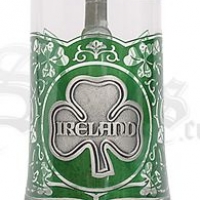Useless, Irish Beer Facts...Got Any!
-
 chef_irish
17 years ago
Flag
chef_irish
17 years ago
Flag
-
 trigger
17 years ago said:
Flag
trigger
17 years ago said:
Flag
-
 chef_irish
17 years ago said:
Flag
chef_irish
17 years ago said:
Flag
-
 chef_irish
17 years ago said:
Flag
chef_irish
17 years ago said:
Flag
-
 chef_irish
17 years ago said:
Flag
chef_irish
17 years ago said:
Flag
-
 chef_irish
17 years ago said:
Flag
chef_irish
17 years ago said:
Flag
Have a comment? Join this group first →
Group Details

- Creator
-
chef_irish

- Type
- Public
- Members
- 20
- Age
- 17 years ago
- Activity
- low
- Membership
- Join the Group
Did you know?
You can find quick links to all discussions you've taken part in via the "Discussions" tab.
